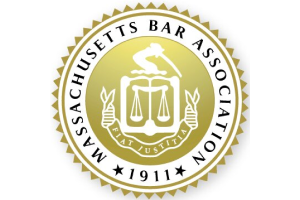- Contact Us Now: (978) 458-1229 Tap Here To Call Us
Sporting Event Injuries
As we get into the summer months, it is time for all of the fun activities associated with the warm weather and all the “tough” decisions. Hamburger or hot dog? Beach or pool? Red Sox or Yank…(we all know there’s no decision to make there!). One of the state’s best warm weather activities is the annual summer tradition – a trip to Fenway Park to watch the Red Sox. Few things compare with watching a game on a cool summer night at Fenway. As great as the game is, it can be very easy to get distracted. You look at your phone to respond to a text or take a photo of your family; flag the vendor for a hot dog or cold beverage; or turn to your neighbor to discuss how good the Sox lineup looks. In that instant, a batted ball or a splintered bat can come flying into the stands, causing serious personal injury. Unfortunately, this is becoming a more and more common occurrence. So what happens if you are injured at a baseball game or any other sporting event when something comes from the field of play into the stands? Can I recover damages for my injuries? This article will discuss what causes of action, if any, are available as well as the little-known and very old, “Baseball Rule.” For the purposes of this article, we will focus on baseball and use Fenway Park where examples are necessary, but these legal issues would also extend to other sports, for example, hockey. If you were injured at a game by a ball or bat, any lawsuit would be filed under a negligence claim. Under a negligence claim, you need to establish that the owners of the stadium did not take reasonable precautions to keep you safe. This is why when you attend a game at Fenway, the team has placed signs all over the park warning fans of the dangers of hit balls and bats, as well as making an announcement over the loudspeaker at the beginning of the game. Further, if you have ever taken the time to look at the back of your ticket, the fine print also discloses the risks of attending a game. This ticket actually operates a waiver of sorts – an assumption of risk – absolving the team from most liability. In 2018, Fenway extended the netting from behind home plate to down the 1st and 3rd base lines; however, declining to extend them fully to the foul poles as has been done by a few Major League teams and is commonplace in Japan. These maneuvers are all done to show that the stadium has undertaken a “reason standard of care” in keeping their patrons safe. Despite all of these warnings and precautions, injuries still occur. Foul balls can travel over 100 mph and as noted above, the nets are not everywhere. Even if you are paying full attention to the game, a ball can travel 130 feet in one second leaving almost no time to react. As if the teams did not have enough going for them, they are also accorded broad protection under the “Baseball Rule.” The Baseball Rule states that under most circumstances a team cannot be held liable for injuries caused by a batted ball or errant bat, as long as the team has offered some reasonable protections in the areas where bats and balls are most likely to cause injuries. You may be asking yourself, with the nets, tickets, and Baseball Rule, is there even any reason to file a claim? The answer is yes. If you are able to establish that the stadium did not exercise reasonable care, then there is a path to damages. The reality is that baseball players are bigger, faster, and stronger than ever before. This means they hit the ball farther and harder than their predecessors did. Further, stadiums are moving seats closer to the field. What was once considered reasonable care might no longer be so in a time when balls come into the stands faster and injuries are on the rise. If you are injured at a baseball game, you should reach out to an experienced attorney to assess your options.












